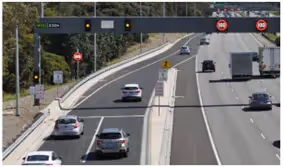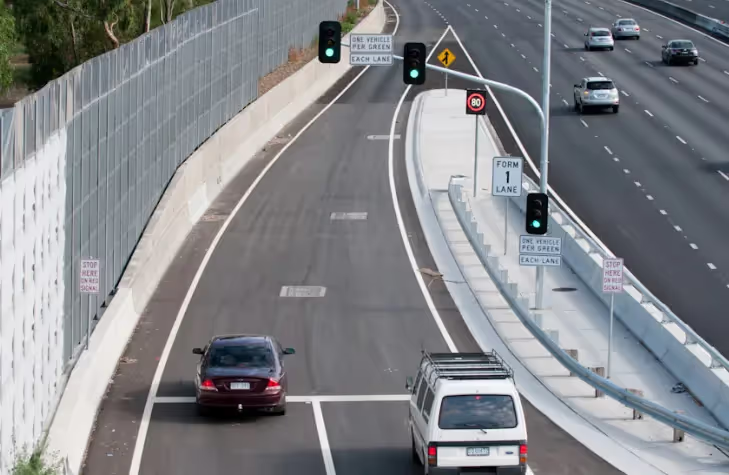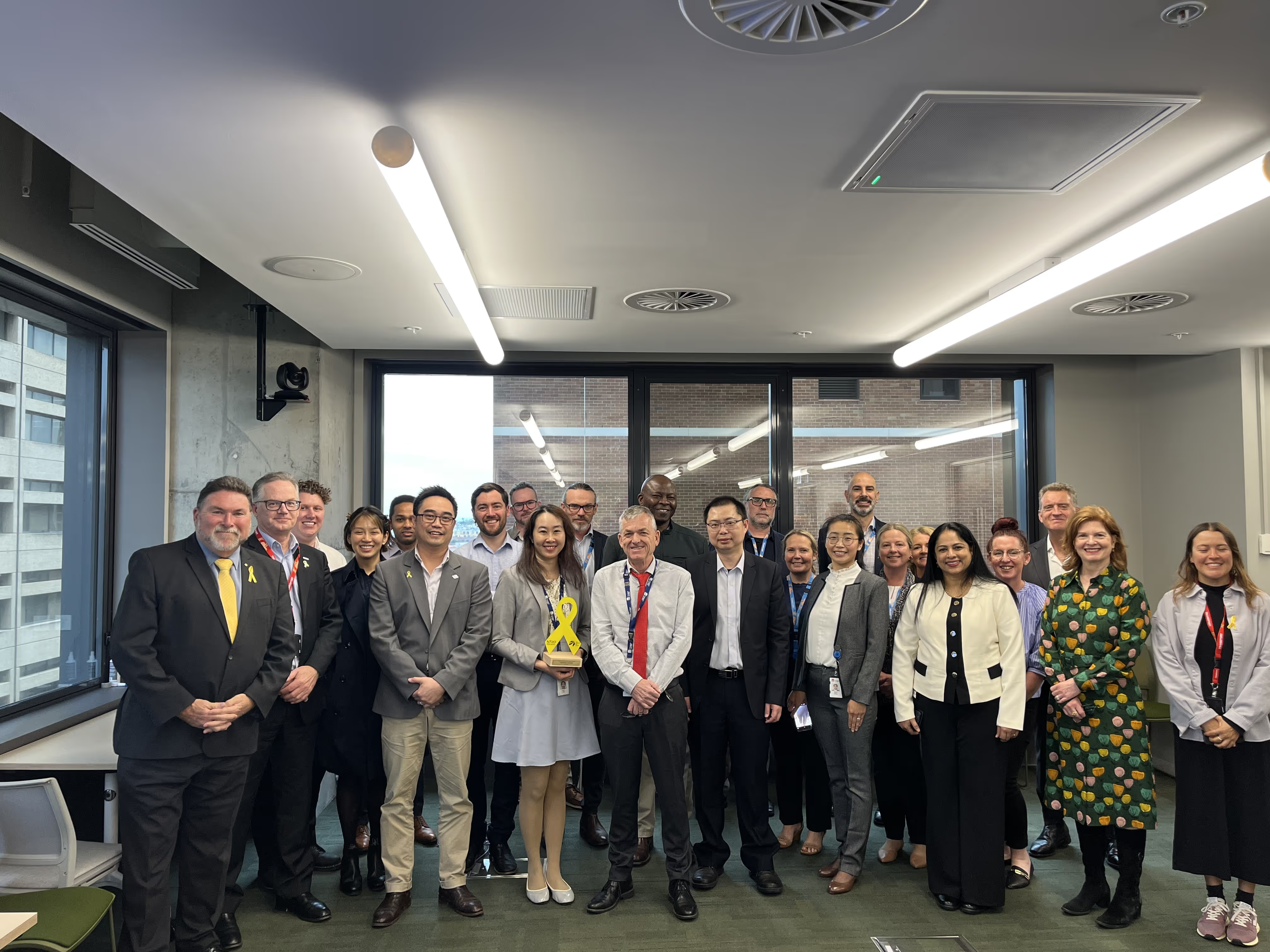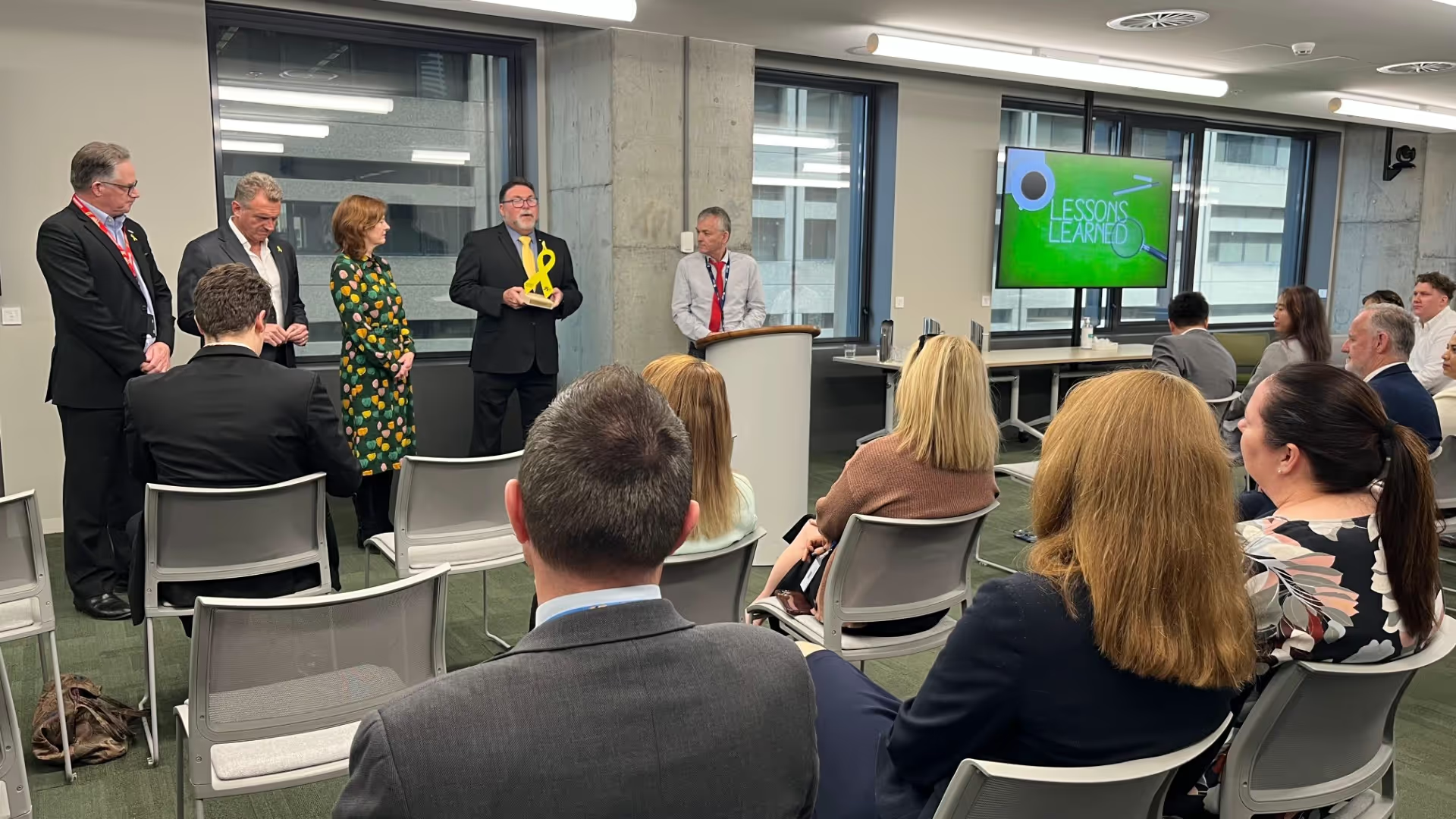It has been widely reported in the media that the building of new smart motorways in England is being cancelled as UK Prime Minister Rishi Sunak ‘acknowledged concerns about safety and cost’.
Reportedly, 14 planned smart motorways will be removed from government road-building plans, given financial pressures and in recognition of the lack of public trust which follows long-standing safety fears after fatal incidents in which vehicles stopped in live lanes without a hard shoulder were hit from behind.
‘Smart motorway’ is a general term used for the following designs:
- Controlled Motorways (CM) - having signals on the on-ramps to meter the rate of vehicles entering the motorway to avoid merging problems and oversaturation,
- Dynamic Hard Shoulder Running (DHSR) - where the shoulder lane is only opened to traffic during periods of high traffic demand, and
- All Lane Running (ALR) - where the shoulder lane is permanently open to traffic as a running lane – this is the UK approach.

Controlled Motorway in operation, Source: VicRoads 2019

DHSR in operation in The Netherlands, Source: CEDR 2022

All Lane Running in the UK, Source: The Guardian 2022
There are fundamental differences between the designs, specifically regarding the availability of a shoulder for stationary vehicles which was the critical point leading to the current UK decision.
The Australian CM approach generally maintains the shoulder and evidentially improves road safety due to the avoidance of merging hazards, congestion and ‘shockwaves’ travelling against the direction of travel.
The DHSR approach frequently deployed in Germany and in The Netherlands also maintains the shoulder during most hours of the day and has also proven to improve road safety.
Smart Motorways, if designed and operated properly, not only increase productivity, i.e., traffic throughput and speed, but also road safety. No shortcuts must be taken to avoid careful and sometimes time-consuming planning and design or complex motorway operation. The mechanisms of crash occurrence and flow-breakdown leading to congestion must be understood to develop and apply suitable countermeasures.
The National Transport Research Organisation (NTRO) will continue to contribute its knowledge to help realising the best smart motorway approaches. There is overwhelming evidence that they can significantly contribute to higher safety levels and greater productivity.
Based on years of practical experience with managed motorways, NTRO offers the following services:
- Advice for the most suitable smart motorway designs tailored to the respective situation,
- Operational review and identification of improvement opportunities for optimised safety and productivity, and
- Training of staff on all aspects of planning, design (civil, ITS) and operation.
For more information on how NTRO can assist with smart motorways, contact Dr Hendrik Zurlinden +61 499 878 781 or Hendrik.Zurlinden@arrb.com.au
Additional notes
- The current UK approach to Smart Motorways is that the hard shoulder is permanently removed and converted to a running lane (All Lane Running - ALR). The additional lane is only closed to traffic in the event of an incident. A combined Lane Use Management / Variable Speed Limit System (LUMS/VSL) operates on gantries over all lanes of the mainline to control traffic in each lane so that the speed limit can be dynamically reduced. Emergency Refuge Areas (ERA) are located at the side of the carriageway, including CCTV coverage and help phones, on average 1.5 miles apart (~2.4 km). CCTV or radar is used to detect stationary vehicles in any lane that have broken down and need to be removed. An automated radar-based Stopped Vehicle Detection (SVD) system specifically designed to detect stationary vehicles, typically within 20 seconds, was tested but has not yet been implemented on most smart motorways.
- This leaves stationary vehicles exposed to vehicles approaching from behind until – based on CCTV camera images - they are ‘manually’ detected by a Traffic Management Centre (TMC) operator and removed or adequately protected through lane closure, speed reduction and warning messages.
- It is not always possible to maintain the hard shoulder for stationary vehicles so that ITS tools such as an automated SVD system (also referred to as AID = Automated Incident Detection system) should be deployed to ensure traveller safety. AID on surface roads, due to changing light and weather conditions, is very challenging and it usually requires single purpose ITS tools (e.g., radar or separate set of CCTV cameras) and TMC operator resources for incident verification.






_3.jpg)






